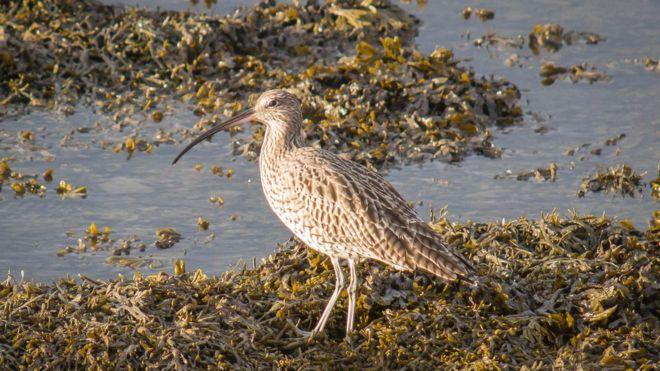Rare curlew eggs collected and reared from airfields
- Published
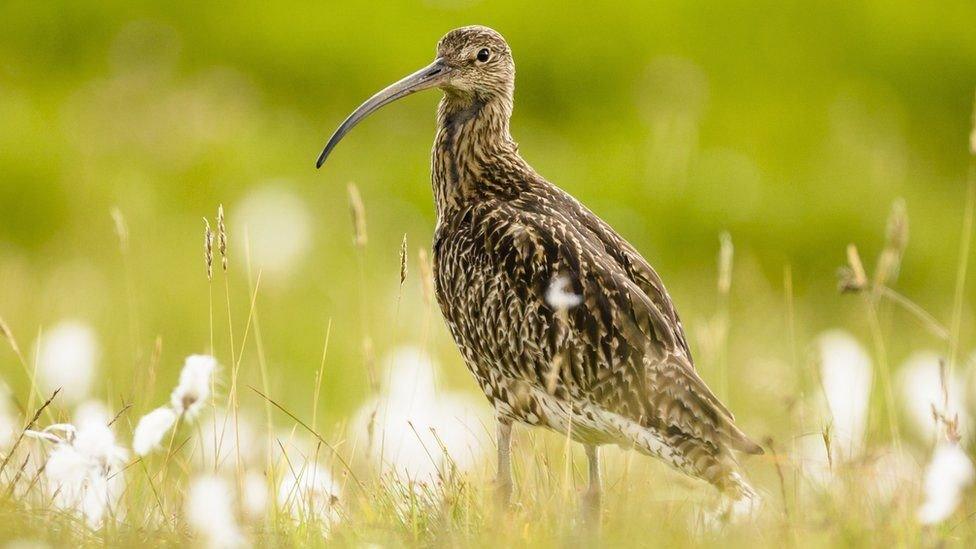
Ground-nesting curlews are attracted to airfields which mimic their natural open grassland habitat
Curlew eggs are being rescued from nests on airfields, then reared and released to help the threatened bird.
Eggs are taken from military and civil airfields in the east of England before releasing them in a habitat to thrive.
The eggs, collected by Natural England and partners, are hatching at Pensthorpe Natural Park, Norfolk, and the Wildfowl and Wetlands Trust's reserve in Gloucestershire.
Curlews reared at Slimbridge will be released on Dartmoor.
The birds reared in Norfolk will be released into grassland at the Queen's Sandringham estate and wet grassland at nearby Wild Ken Hill.
Ground-nesting curlews are attracted to airfields, which mimic the natural open grassland they prefer.
They are also relatively safe from predators such as foxes due to the high security fences that surround them.
Curlews nesting close to runways pose a risk to air safety and before, the project eggs laid on airfields would have been destroyed under licence to avoid the risk of collisions between birds and aircraft.
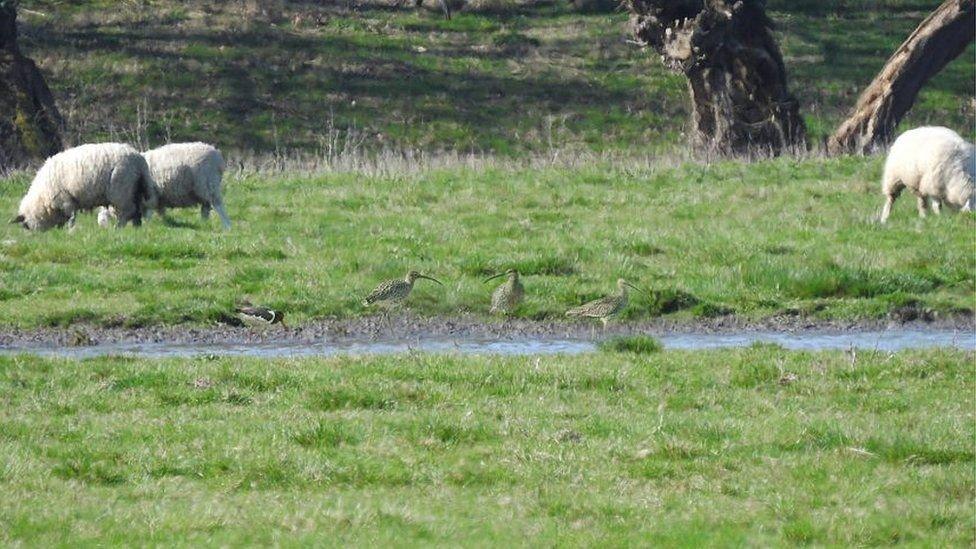
This year's project continues the work of last year's pilot which saw 79 birds reared and released
They are the largest European wading bird, which breed on rough grassland, moorlands and bogs, and have faced significant decline.
Conservationists say the intensification of agriculture, along with planting trees on moorlands, is likely to have been important in causing past declines, while the birds also face high levels of predation from foxes.
They are "red listed" in the UK due to concerns over their conservation status, and wildlife experts say urgent action is needed to help them.
This year's project continues the work of last year's pilot, which saw 79 birds reared at Pensthorpe and released in Norfolk.
The birds' progress was monitored by the British Trust for Ornithology, and 26 had been spotted by May.
The majority were seen on the east shore of the Wash bay, although some had ventured further afield to Lincolnshire, Somerset and even the Exe estuary in south Devon.

Follow BBC West on Facebook, external, Twitter, external and Instagram, external. Send your story ideas to: bristol@bbc.co.uk , external
Related topics
- Published19 May 2022
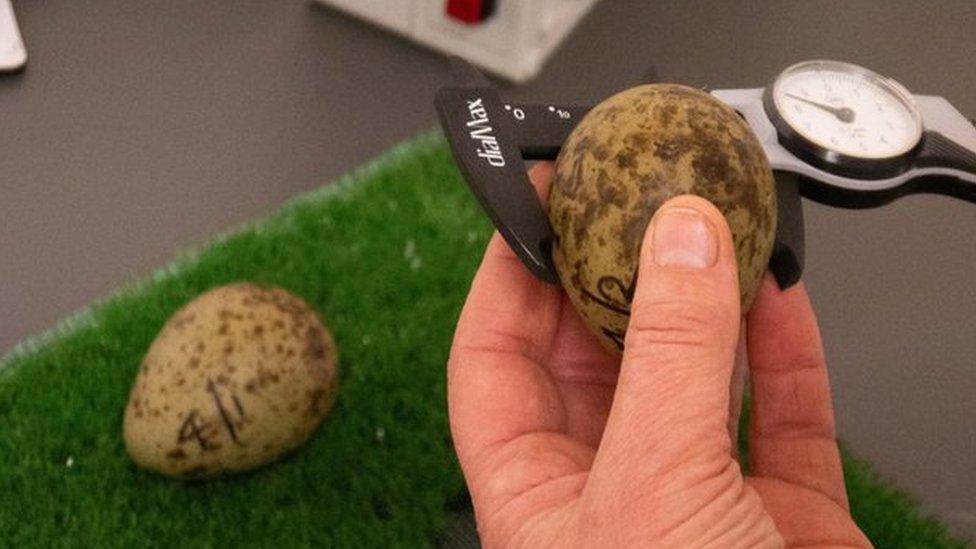
- Published19 August 2021
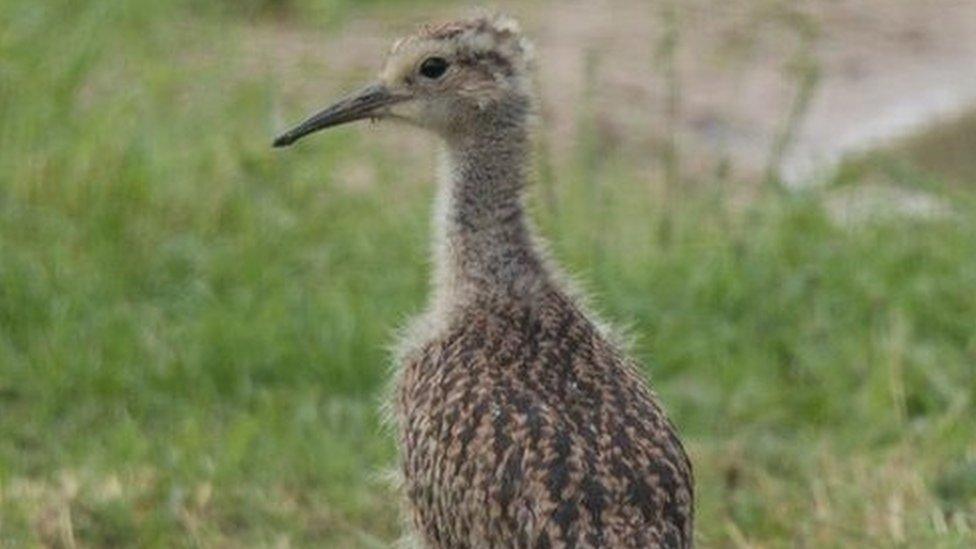
- Published2 September 2020

- Published18 June 2020
